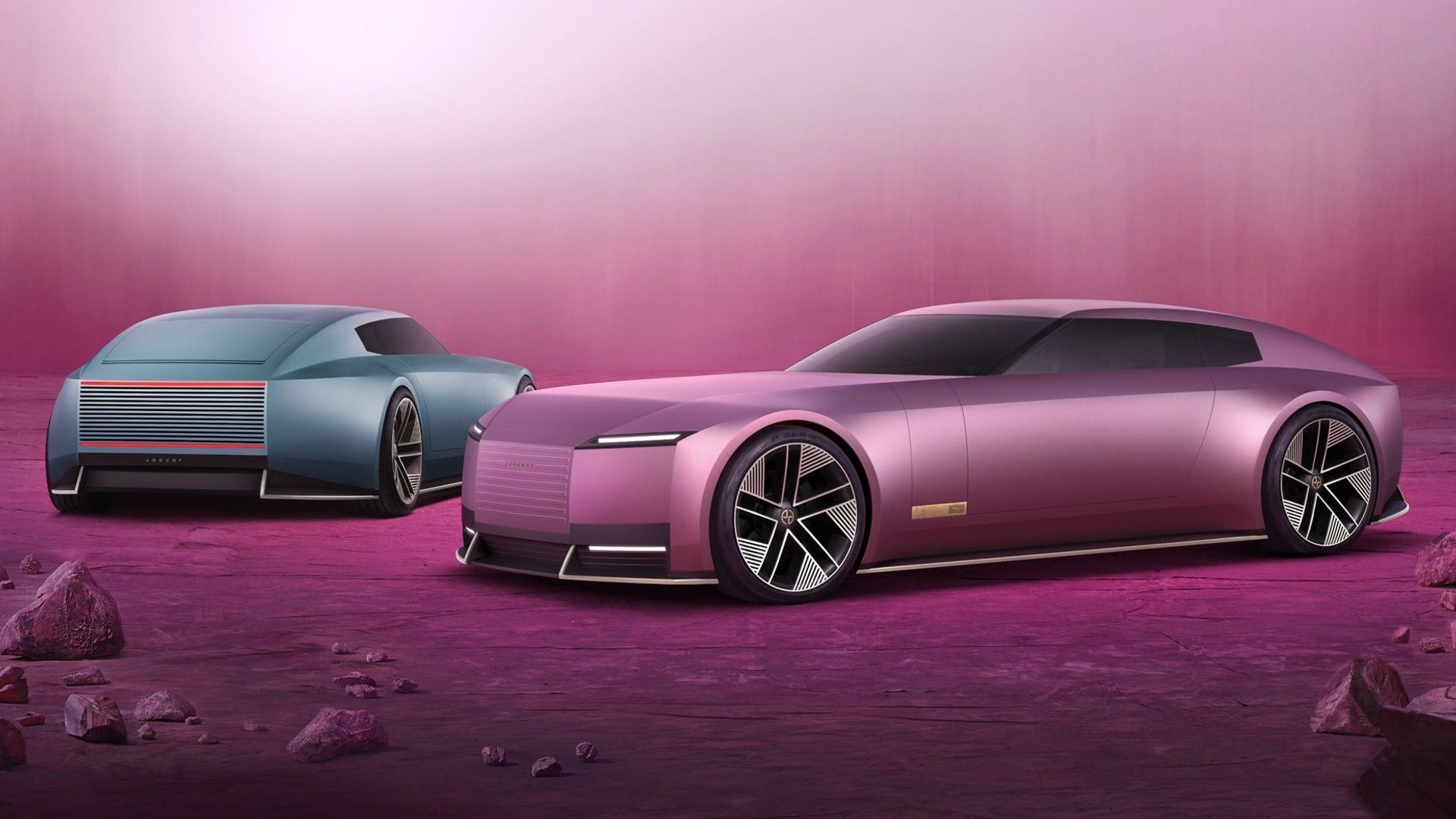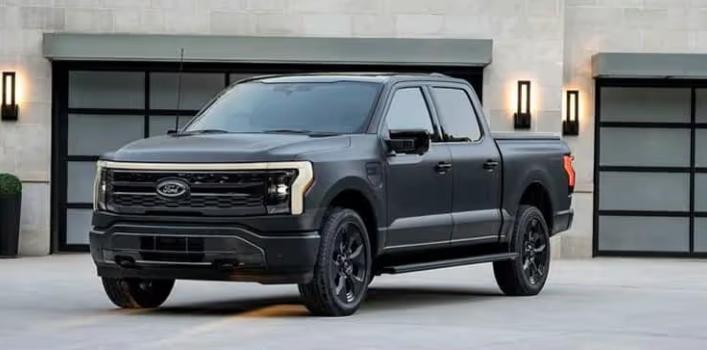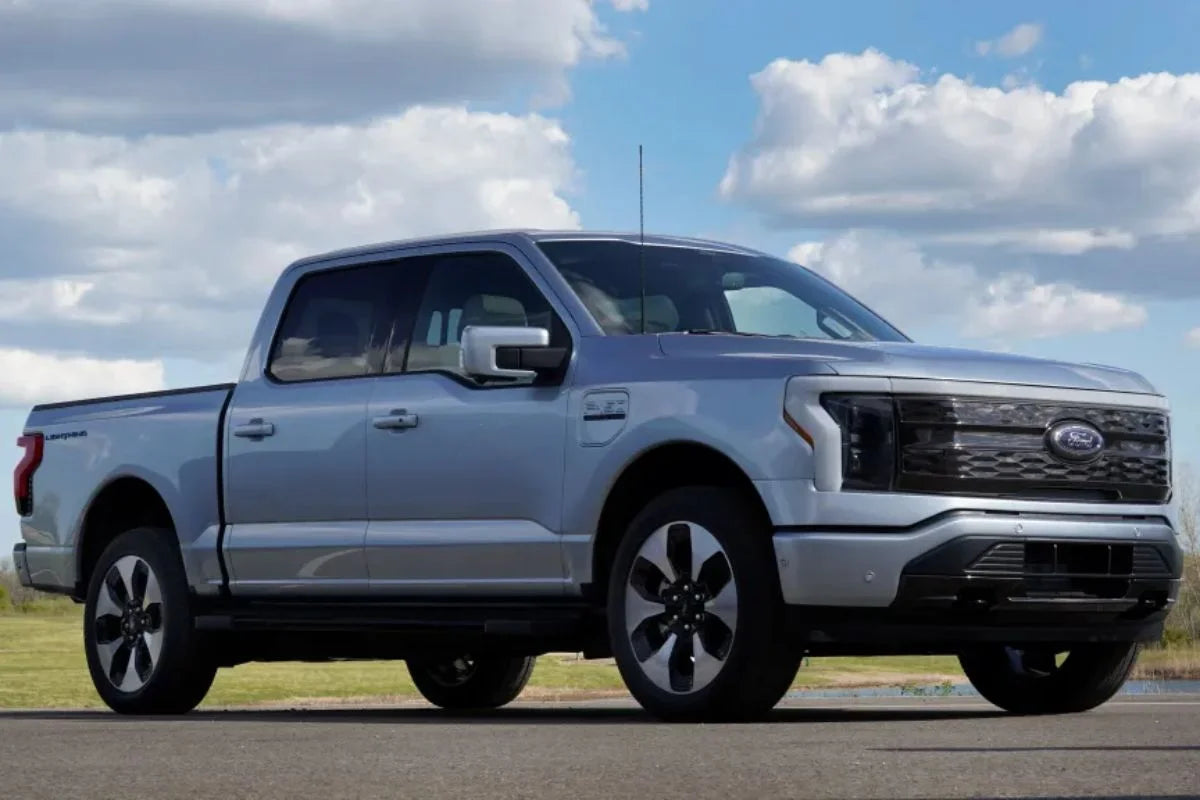In a development few would have predicted a year ago, General Motors (GM) has overtaken Tesla in electric vehicle (EV) sales in China, the world's largest EV market. According to data from the China Passenger Car Association, GM's joint ventures, particularly SAIC-GM-Wuling, are now outperforming Tesla in both monthly and cumulative new energy vehicle (NEV) sales in 2024.
For Tesla, long viewed as the unrivaled leader in EV innovation, this marks a critical turning point. As the company shifts focus toward emerging technologies like robotaxis and humanoid robots, its core passenger vehicle business is losing momentum—and its rivals are quickly closing the gap.
GM’s Rapid Rise in China
In April 2024, Tesla’s EV market share in China fell to 3.2%, dropping from 7.5% just a month prior. Meanwhile, GM, through its SAIC-GM-Wuling joint venture, surged ahead with a 6.3% share of China’s NEV market in the January–April period. That’s not just a short-term fluctuation; it’s a structural shift in consumer preference.
What’s driving GM’s success?
-
Affordability and variety: GM’s strategy includes offering compact, budget-friendly EVs such as the Wuling Hong Guang MiniEV, which appeals to first-time EV buyers and urban commuters.
-
Local manufacturing and design: GM’s China-focused sub-brand, Buick Electra, is tailored specifically for Chinese consumers with models like the E5 and Velite 6.
-
Battery innovation: GM is also introducing cheaper lithium iron phosphate (LFP) batteries to reduce costs and improve charging safety and durability.
This combination of localization, strategic pricing, and diversified offerings is proving more effective in China than Tesla’s premium-only lineup.

Tesla’s Waning Momentum
Tesla’s strategy in recent years has shifted from expanding its model range to restructuring its long-term goals. CEO Elon Musk is betting big on:
-
Autonomous robotaxis, such as the upcoming Cybercab (set for trial production in October at Gigafactory Texas)
-
Artificial intelligence and robotics, including humanoid bots like Optimus
-
Software and energy services as long-term profit drivers
While bold, these bets have distracted from Tesla’s short-term competitiveness in its core markets.
In China, where innovation moves at breakneck speed and price sensitivity is high, Tesla’s lack of new mainstream models and minimal local customization may be undermining its market position.
The Bigger Picture: China’s NEV Landscape
Tesla isn’t just being challenged by GM. China's homegrown automakers like BYD, Geely, Changan, and others are redefining the EV market with rapid innovation cycles, government backing, and integrated supply chains.
China NEV Market Share in April 2024:
-
BYD: 29.7%
-
Geely Group: 13.1%
-
Changan: 6.7%
-
SAIC-GM-Wuling (GM): 5.7%
-
Tesla: 3.2%
It’s worth noting that “NEVs” include plug-in hybrids and fuel-cell vehicles, which Tesla does not produce. Nevertheless, the competitive pressure is real.
What This Means for Tesla (and the U.S. EV Market)
Tesla’s relative decline in China has ripple effects globally:
-
Increased pricing pressure in the U.S. and Europe, where Tesla is now offering deep financing discounts to stimulate demand.
-
Loss of market confidence as shareholders question Tesla’s priorities and whether the shift toward robotics and AI is premature.
-
Opportunity for legacy automakers like GM and Ford to reclaim relevance by leveraging their global manufacturing scale and partnerships.
With its robotaxi-focused Cybercab expected to launch in 2026, Tesla hopes to reignite consumer interest. But whether the market will wait that long remains uncertain.
Can GM Become a Global EV Leader?
GM’s resurgence is built not only on success in China, but also on a diversified global portfolio. The automaker now offers over 10 EV models in the U.S., and its Ultium battery platform underpins a wide range of vehicles, from affordable crossovers to full-size pickups.
The question is no longer whether GM can catch up—but whether Tesla can hold its lead in the face of mounting competition from both Chinese and American automakers.
Final Thoughts
Tesla may have ignited the global EV revolution, but as the industry matures, execution, affordability, and adaptability are becoming more important than disruption alone. General Motors, once written off as a legacy player, is proving that it can learn fast—and compete even faster—especially in the fast-paced Chinese market.
For Tesla, this moment is a wake-up call. To stay relevant, it may need to reinvest in its core lineup and rethink its global strategy—before the gap becomes permanent.
Recommend Reading: GM Sets EV Sales Record While Warning of Sharp Decline Ahead








Share:
Governor Phil Scott Pauses Electric Vehicle Sales Requirements in Vermont
Elon Musk: Tesla’s Deep Problems Rooted in Leadership, Not the Solution